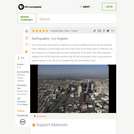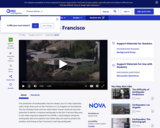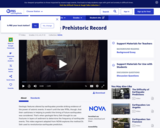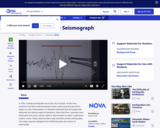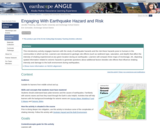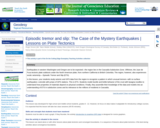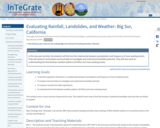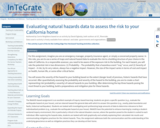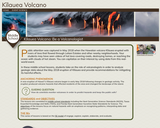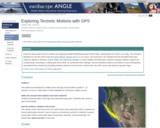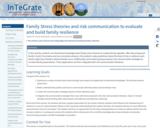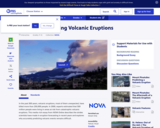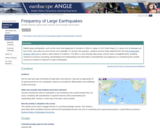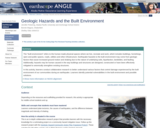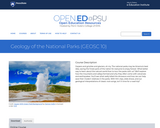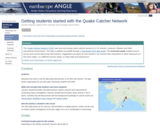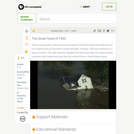Students collect data for this term project starting with the first lab exercise and continuing throughout the semester. As each unit is covered in the text, class, and lab, students are directed to collect data relevant to their term project. For example: Topographic maps are covered at the start of the semester and students must locate their home; describe its location using the Public Land Survey, Universal Transverse Mercator, and Longitude-Latitude Systems; and describe the local topography. When natural hazards (flooding, slopes, earthquakes, volcanoes, and radon gas) are covered, students must use web resources (some of which are provided by the instructor at http://www2.ivcc.edu/phillips/geology/environmental_research.htm), local resources (such as the local fire chief, library, mayor, relatives, and neighbors), and personal observation to identify hazards and assess the risk they pose; these hazards are submitted as part of a lab assignment. The information collected is analyzed using the principles discussed in class and feedback is provided on pieces that are submitted throughout the semester. At the conclusion of the semester, students organize the collected information, add illustrations (maps and photos), analyze and evaluate the materials collected, and conclude the report with a discussion of how the area should be developed in the future based on the principles learned in the class.
The activity shows the students the immediate relevance of the material as it is covered, shows the students the types of information publicly available, and helps them develop critical analysis skills. The activity introducers students to basic geologic knowledge and shows them how to make use of it.
(Note: this resource was added to OER Commons as part of a batch upload of over 2,200 records. If you notice an issue with the quality of the metadata, please let us know by using the 'report' button and we will flag it for consideration.)
